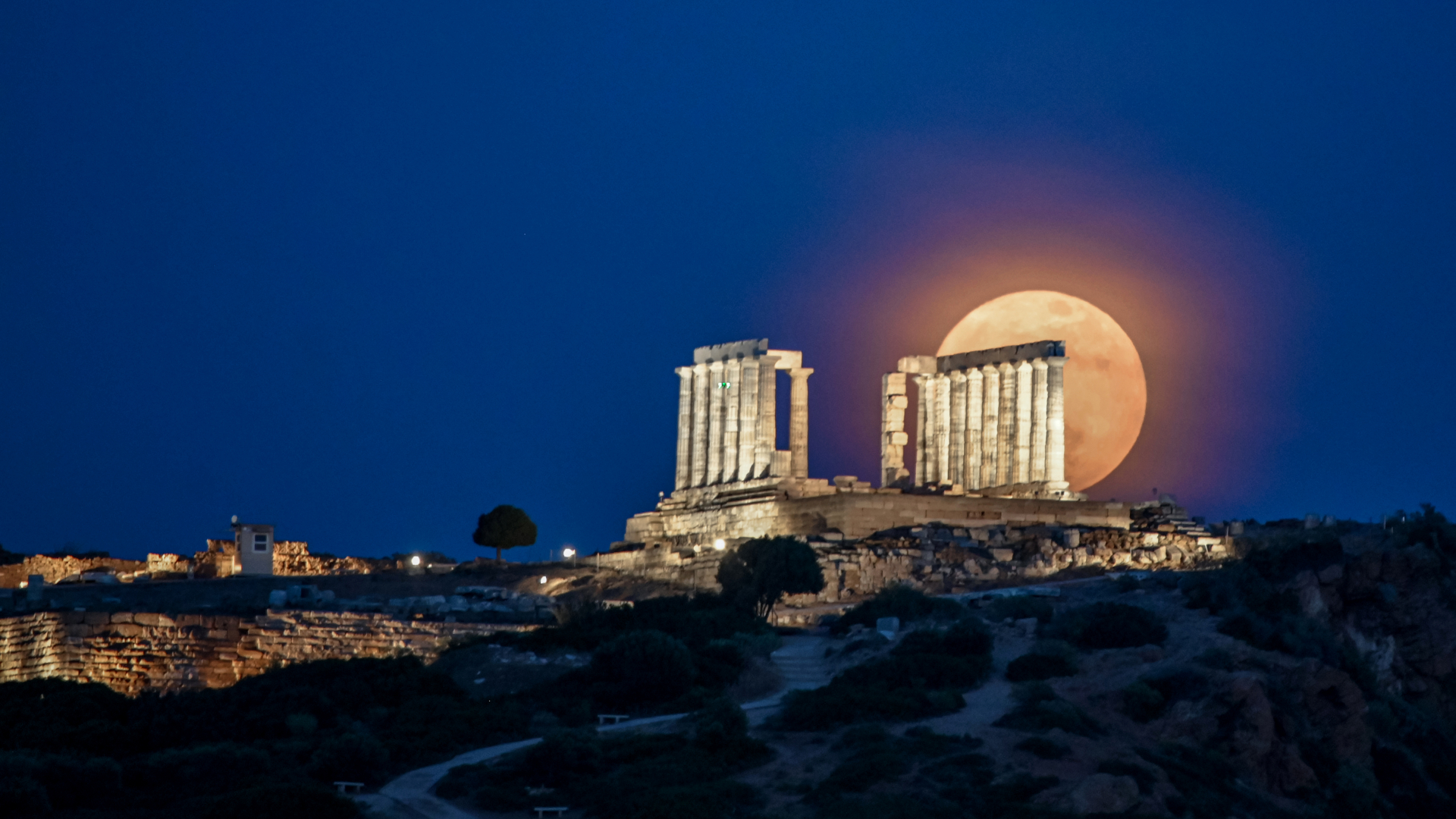Asheville, NC, Is Back — And This Hotel Is the Perfect Place to Stay
The Foundry epitomizes Asheville's spirit.
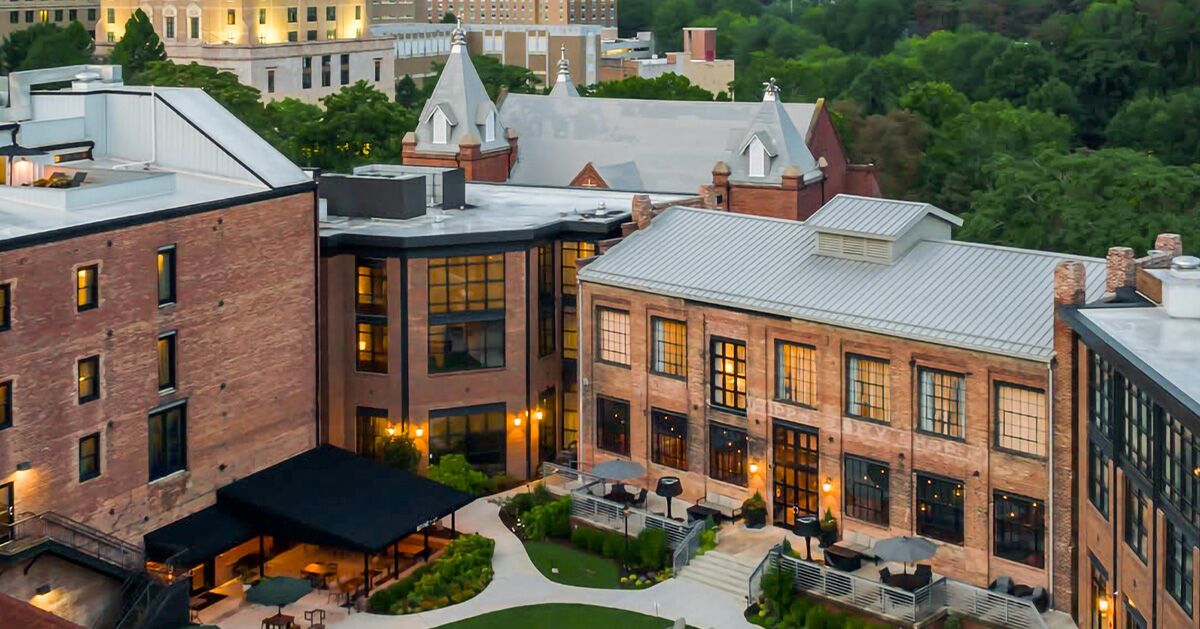
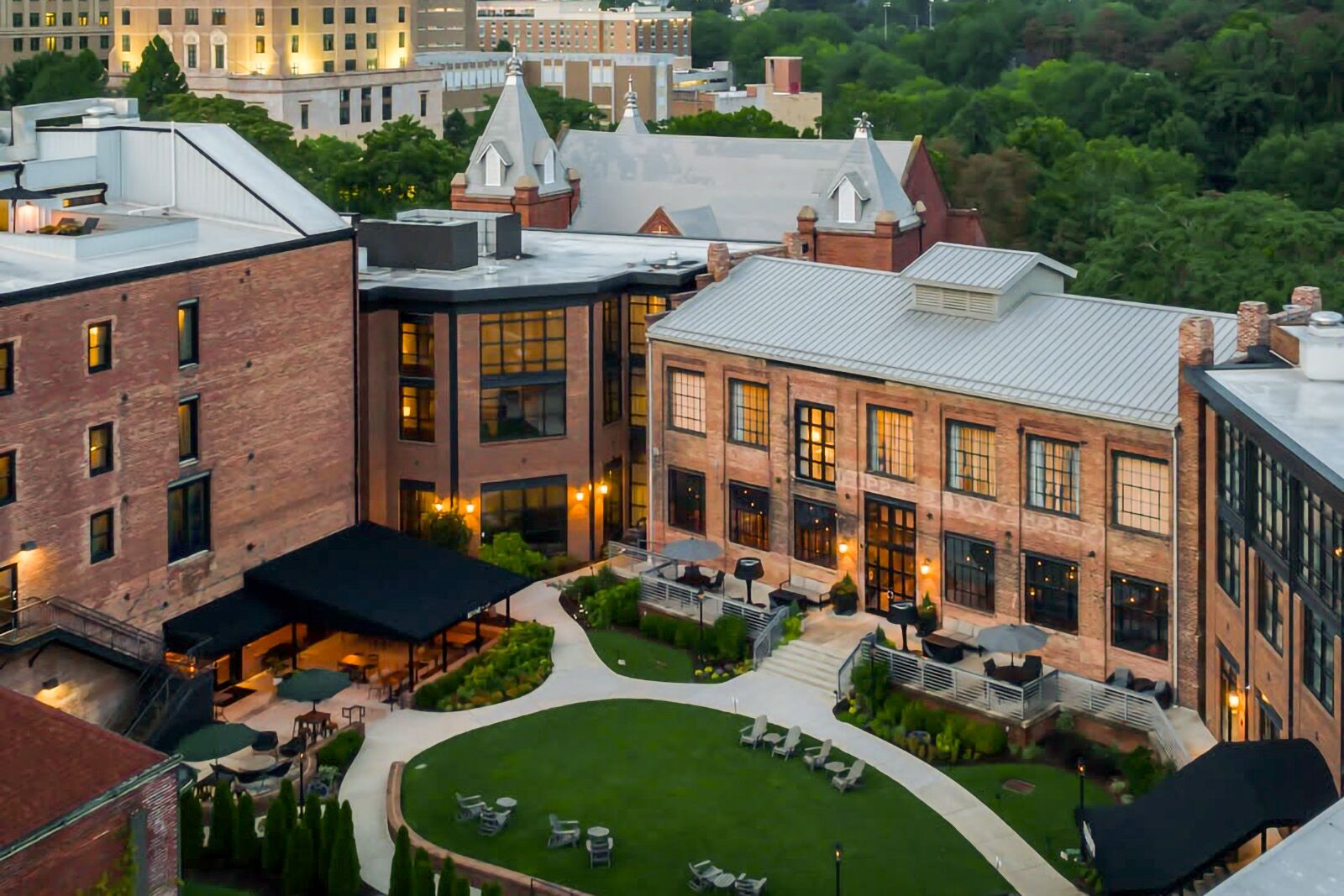
For years, Asheville has been the darling of western North Carolina’s Blue Ridge Mountains. The highest peaks east of the Rockies surround the small city, and they’re a major draw for visitors—that and a thriving community of artists, some 30 craft brewers, street performers, wonderfully preserved buildings, and the largest private home ever built in the US, the Biltmore Estate. There are a lot of reasons to come to Asheville, but lately, there’s been one hotel that’s the place to stay when you arrive: The Foundry Hotel.
The Foundry epitomizes Asheville’s spirit, which was tested last year when Hurricane Helene slammed the city and its arts scene, waterfalls, and farm-to-table feasts. The hurricane devastated low-lying swaths of town and was followed by tornadoes, flooding, and a long harsh period for residents and visitors alike. It made national news for days on end, and even today, with the city’s recovery almost complete, it’s top of mind for many.
My recent visit to Asheville was my first time seeing it — after the hurricane and the recovery efforts that have once again made it a place anyone would be lucky to visit. Guided by my longtime friend and lifelong Ashevillian, I saw the city through two sets of eyes: hers and mine.
First, the digs: Getting to know The Foundry
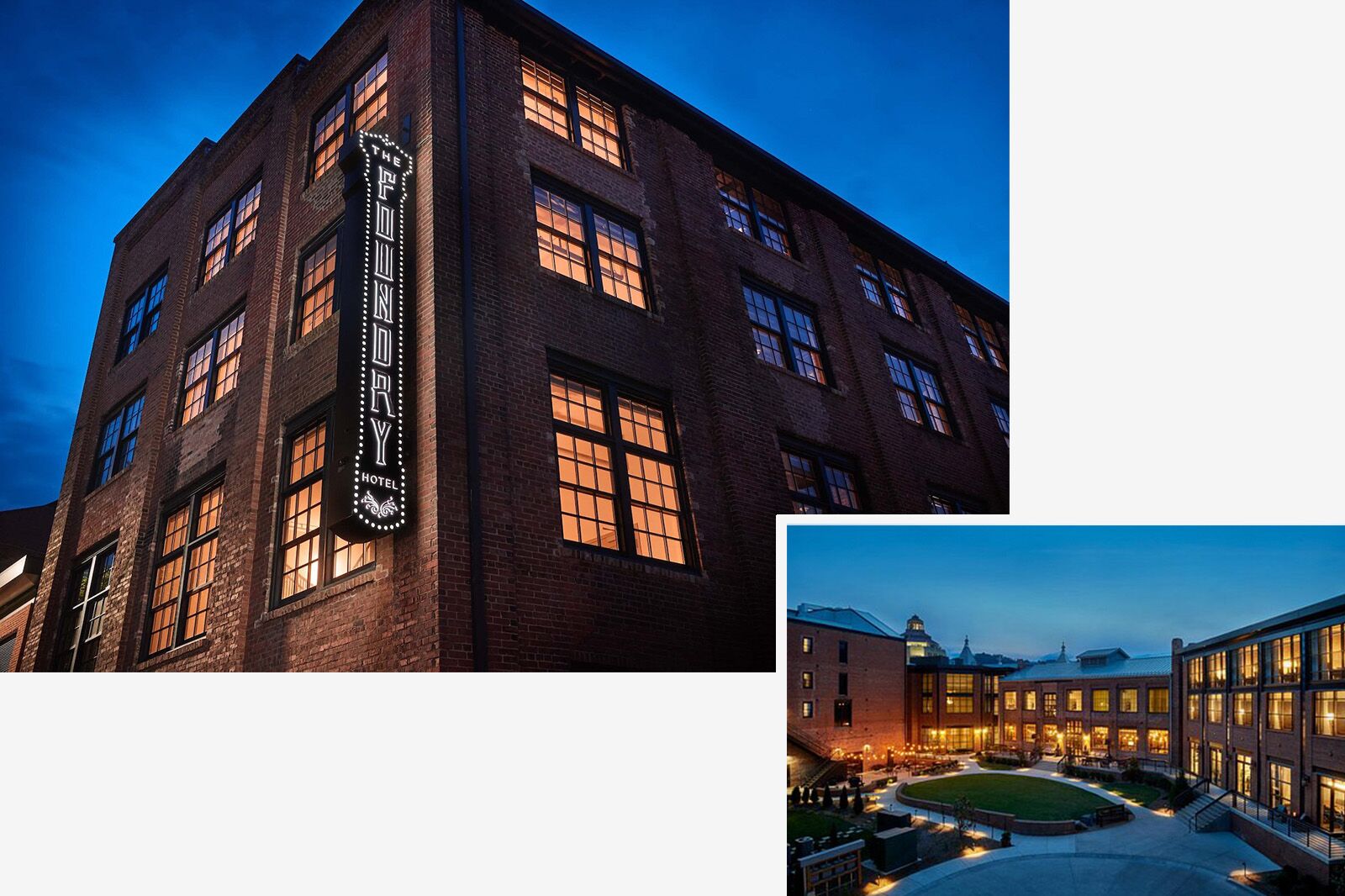
Photos: The Foundry Hotel
The Foundry is made up of five red-brick buildings, three of which house the hotel’s 87 rooms and its Workshop Lounge, a cocktail spot where you can also grab a coffee or catch some live music. Two new red brick buildings are home to event spaces and the hotel’s restaurant, The Refinery. The Foundry is centered around a courtyard entryway that’s surrounded by a garden, a heavenly retreat when the weather’s nice. The elegance continues when a valet parks your car or opens your taxi door when you arrive — then, up a flight of stairs, the lobby.
Three floors house the hotel’s sophisticated rooms. Each one is light-filled with large industrial windows, exposed brick walls, comfortable beds, plush seating, and amenities including a small refrigerator and bar sink. Walls decorated with the works of local artists and historical documents are a constant reminder of exactly where you are — within walking distance of Asheville’s center. The salute to the location extends right into the bathroom, where even the toiletries are home-grown and North Carolina-made.
Next, the location: Heading into downtown Asheville

Photo: Derek Olson Photography/Shutterstock
My Ashevillian friend recalls how downtown Asheville declined during the Great Depression. The city spent the next 50 years in economic stagnation. Then came the post-World War II boom. But unlike other Southern cities that modernized during the post-war years, Asheville remained architecturally frozen, preserving a treasure trove of Art Deco buildings that would go on to attract artists, entrepreneurs, and tourists once the city began its cultural and economic revival in the 1980s and 1990s.
Now, Asheville’s downtown is packed with places to eat, drink, and shop. Don’t expect any chain stores. Instead, you’ll find crafts venues, book emporiums, art galleries, and boutiques — even a Woolworth’s that an enterprising Ashevillian restored down to its lunch counter.
Asheville has attracted more than one James Beard-nominated chef who turns out fusion cuisine. In Asheville, fusion means Appalachian combined with an amazing variety of foreign influences. Expect to find the unexpected and more than a few vegan and vegetarian spots. Overwhelmingly, local ingredients rule Asheveille’s kitchens. Beer lovers can embark on a beer crawl to over 30 breweries in town alone, but Highland Brewing Company is credited with starting it all. Make it a must-stop on your personal beer itinerary.
More exploration: Seeing the must-sees
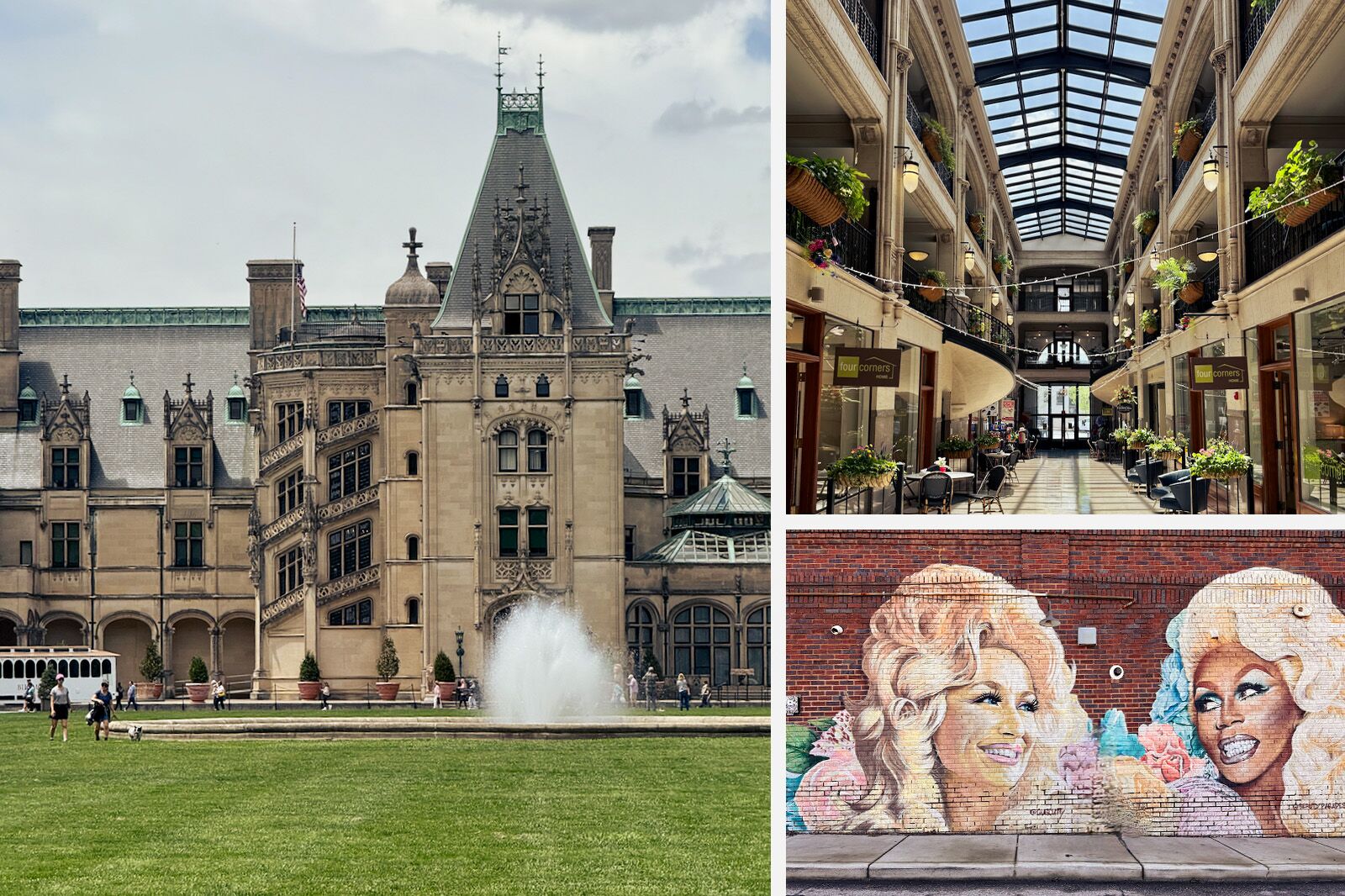
Photos: Monte Mathews
Arts and culture separate Asheville from virtually any other town south of the Mason-Dixon line. Just outside of the city is the River Arts District. It’s hard to imagine a more vibrant creative hub than this. The galleries house every conceivable visual art form and are often backed by the studios and workspaces of the artists themselves. Many of them are only too happy to display their works in progress, and any number of them offer studio classes in addition to opening their studios to visitors. Like all of Asheville, the district is not a pretentious place. It’s sometimes quirky, always welcoming, and well worth a visit.
Visiting Asheville without seeing the Biltmore Estate is like going to New York and not seeing Central Park. In fact, Frederick Law Olmsted designed both Central Park and the Biltmore’s lush gardens. The house itself is impossible to miss. It’s all of 175,000 square feet and has 250 rooms.
George Washington Vanderbilt II built the Biltmore starting in 1894. It almost bankrupted his family. When George died at age 51, 20 years after the Biltmore was completed, his widow, Edith Stuyvesant Dresser, sold off parts of the land and saved the estate. Today, Vanderbilt descendants are still in residence. They preside over a renowned winery, a working farm, and not one but two hotels. You can easily spend a day here — the house tour alone takes an hour and half, the gardens and grounds are as magnificent as the house, the greenhouses are not to be missed, and there are multiple places to eat for every budget. One caveat: I was fortunate that my Asheville friend has a season pass to the estate, which netted us a discount on my visit. Spring and summer tickets cost $99 a person. Children, mercifully, are free.
Back at The Foundry: Feasting goodbye
We wrapped up our day at the Biltmore with dinner back at The Foundry. While the hotel’s restaurant, The Refinery, gears up for the debut of a new chef, we couldn’t have asked for a finer meal. At a long table in the Foundry’s Workshop Lounge, the hotel kitchen lived up to Asheville’s reputation as a heavyweight of farm-to-table cooking.
Once again, the Foundry lived up to its reputation as the best hotel in Asheville. And since it’s part of Hilton’s Curio Collection of unique properties, you’ll even earn Hilton Honors points here.
Getting to Asheville and The Foundry
Getting to Asheville by car will add another dimension to your visit. You can reach Asheville via the Blue Ridge Parkway, one of the most scenic drives in the US. In fact, the parkway runs directly through Asheville, making the city a perfect stop or base camp for road-trippers exploring the Appalachian Highlands.
By air, Asheville Regional Airport (AVL) is served by Allegiant Air, American, Delta, JetBlue, Sun Country, and United. Flights are to and from 27 non-stop destinations: Atlanta, Charlotte, Chicago, Dallas/Ft Worth, Denver, Fort Lauderdale, Las Vegas, Miami, Minneapolis, NYC (LGA and EWR), Orlando, Philadelphia, Phoenix, and Washington, DC. ![]()






































